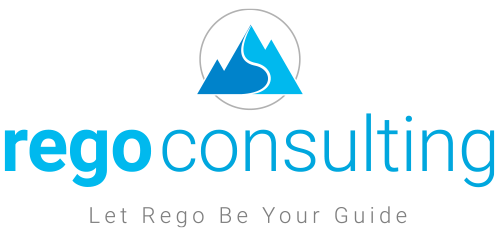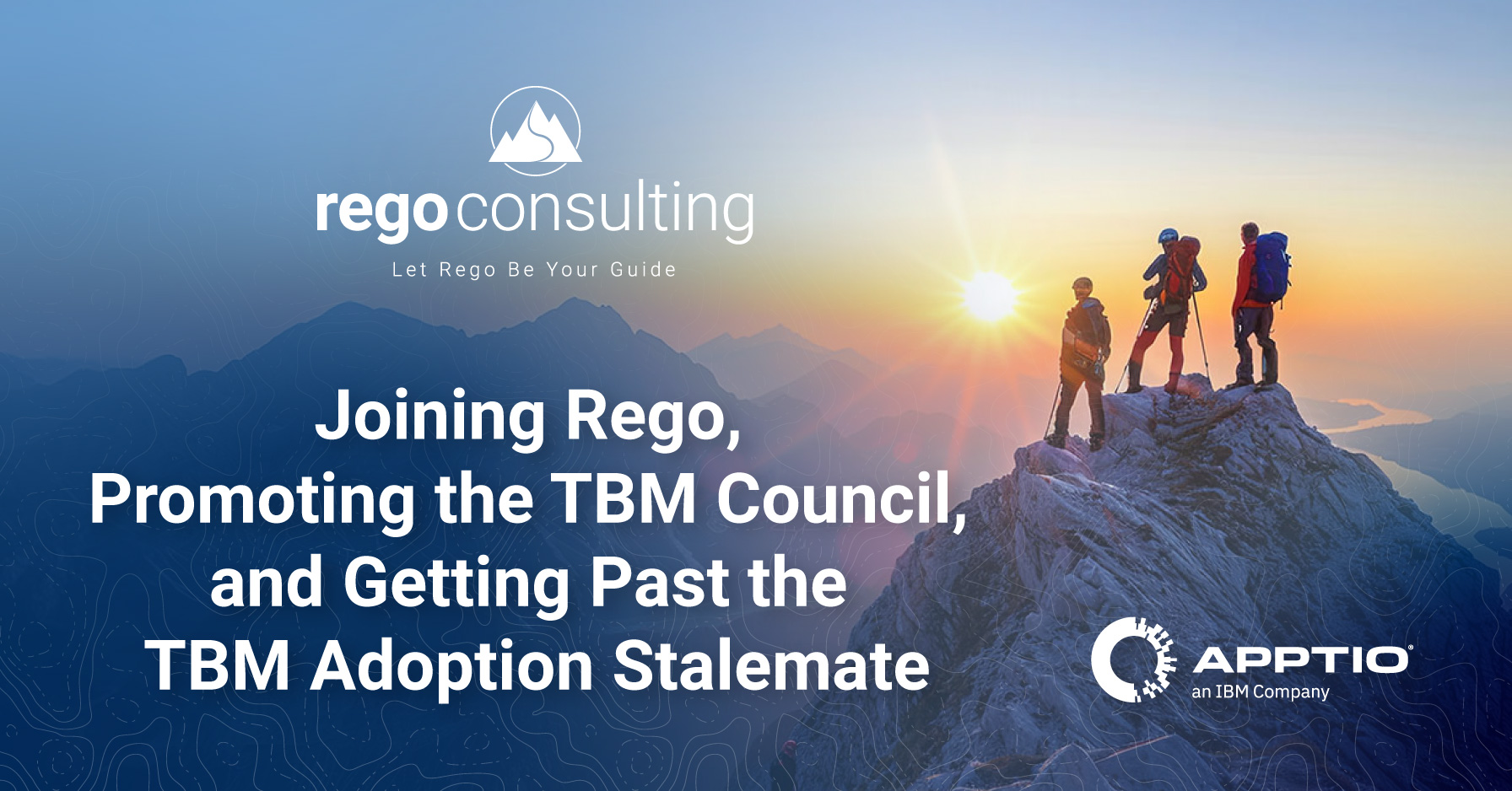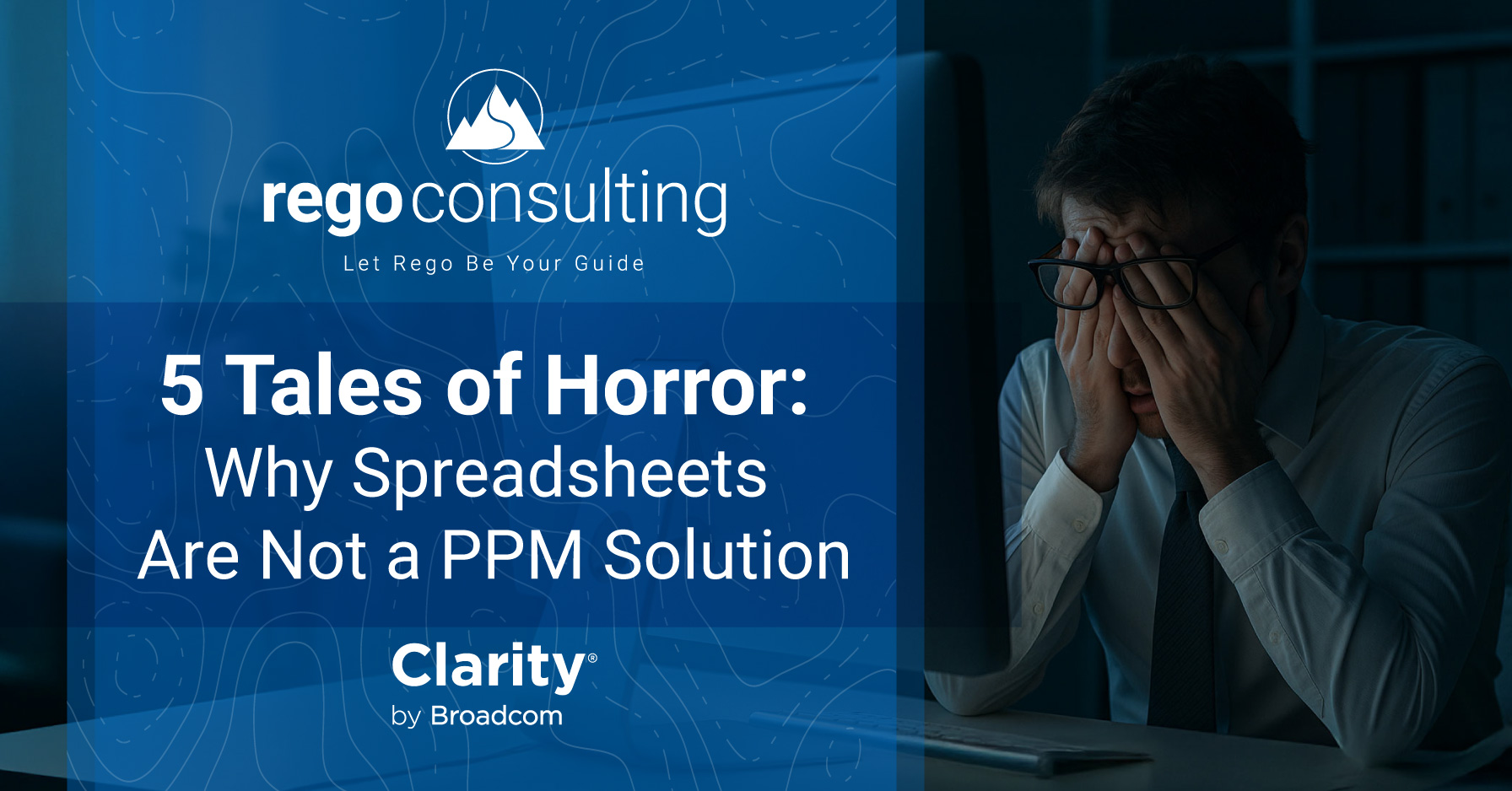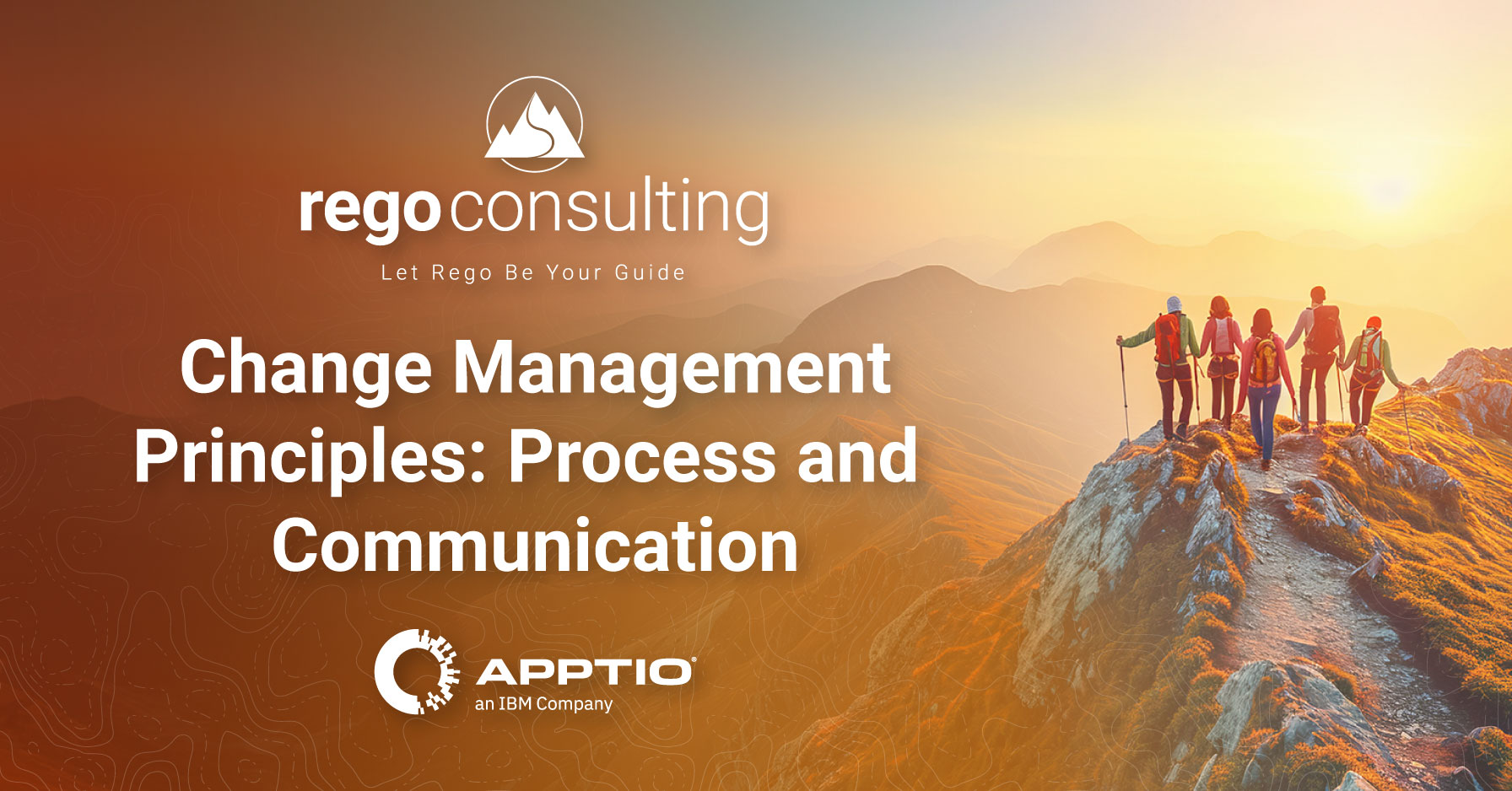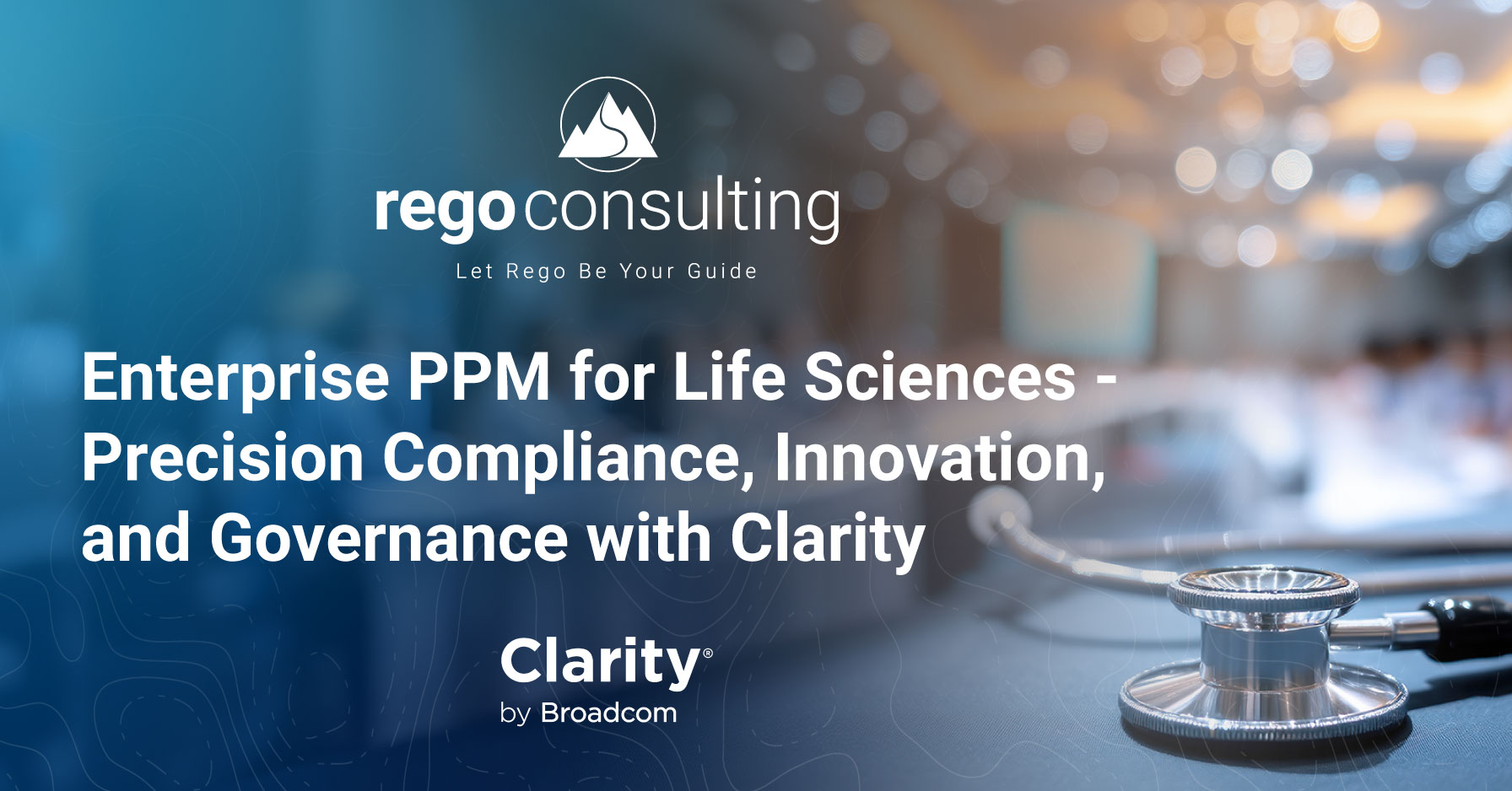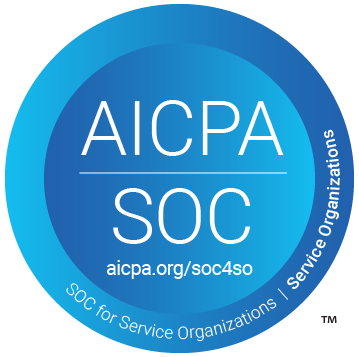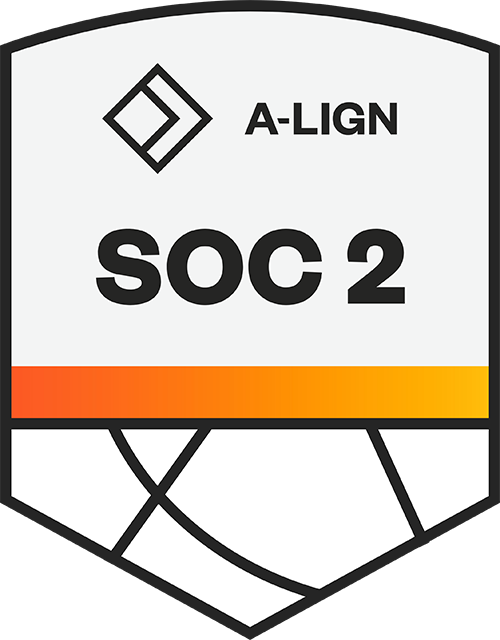
When organizations take on projects, whether launching a new product, upgrading technology, or rolling out a strategic initiative, success depends heavily on how well resources are managed. Sure, resources include people – a necessary ingredient to getting projects done, but good resource planning is also about skills, budgets, equipment, and tools.
It provides the structure to ensure that the right resources are available, allocated, and optimized to deliver on organizational goals. It’s the engine that keeps projects moving, and it’s a balance between money, people, and time.
Resource planning and resource management is often described as a mix of science and magic. On the one hand, you need data and project information to help you, and on the other hand you rely on instinct and perception to know which team members may be perfect for various projects.
Understanding Resource Planning
Resource planning is a core component of resource management. Resource planning focuses on optimizing resources, forecasting in the future and handling the present. It’s the process of scheduling personnel, tools, equipment, and money to projects.
Done well, resource planning ensures that:
Think of resource planning as the tactical execution layer of resource management. It connects the broader strategy with the day-to-day reality of work.
Why Resource Planning Matters
Organizations that neglect resource planning often face a familiar set of problems:
By contrast, effective resource planning helps organizations:
In today’s environment — where agility and efficiency are more important than ever — resource planning is not optional. It’s essential.
Who Should Be Involved?
A variety of people across the organization should be involved in resource planning.

PMO Employees, Project Managers, Executives, IT Personnel, and Various Stakeholders
During resource planning, teams are often already working with PMO employees or project managers. If a PMO is not in place, coordination may happen directly with executives or various stakeholders across the business.

Finance
Finance is responsible for managing budgets, costs, and overall spending. This function tracks expenditures tied to allocated resources, forecasts future costs, and reviews actual spending. Involving Finance in resource planning creates transparency, provides visibility into resource allocation and forecasts, and helps ensure plans remain aligned with budget commitments.

Human Resources
Many organizations overlook Human Resources in resource planning. HR manages recruiting, hiring, time tracking, training, and organizational development. They track availability (such as leave or promotions), maintain learning management systems for skills and certifications, and often handle outsourcing vendor relationships. Partnering with HR provides insight into workforce capacity and skills, helping match the right resources to projects.
Ensuring collaboration and communication is tricky, but it’s a key element to creating successful resource plans.
Key Steps to Creating a Resource Plan
While we’re on the topic of success, you may be wondering how to actually create a resource plan. Let’s break it down into a structured process.
1. Define the Project and the Resources
The first step is to clarify what is the project objective and scope of work that will need to be completed. Then who are the resources that will complete the work/initiative in your organization. A resource can be more than just a person in your organization, this includes:
Capturing this inventory ensures you understand the pool you’re drawing from. A tool can help with this.
2. Understand Demand
What does demand look like with your resources? Demand looks at what are the immediate and future needs of your resources. When reviewing current and upcoming projects think through:
Breaking demand into measurable meaningful terms — such as work effort by role — makes it easier to compare against capacity.
3. Assess Capacity
The goal here is to map supply to demand and highlight gaps.
4. Allocate Resources
Once resource demand and capacity have been defined, you can begin allocating resources to the efforts. Effective allocation considers:
It’s important to remember this stage often requires trade-offs. You may need to defer, re-sequence, or scale projects based on available resources. Allocating resources is always a best-guess effort based on how well the project has been defined.
5. Monitor and Adjust
A resource plan shouldn’t be static. As projects progress, requirements shift, and new initiatives emerge, resource allocation should adapt accordingly. Monitor regularly to ensure you can:
6. Continuous Improvement
Use the data gathered through the resource planning process to improve over time. Look for patterns:
Answering these questions enables you to refine hiring, training, and project selection decisions, making your resource planning more effective over time.
Practical Tips for Building a Resource Plan
Beyond the steps above, here are some practical tips to make resource planning more effective:
Tools to Support Resource Planning
Because a tool is so important, let’s spend a few moments on PPM and SPM tools. Of course, we love Clarity, but even if you’re looking at other options, you should think about making your process more efficient, accurate, and scalable. A good PPM and SPM tool provides:
- Real-time visibility into resource availability and project demand
- Scenario modeling to compare different allocation strategies
- Capacity forecasting to align short-term planning with long-term strategy
- Collaboration features that allow stakeholders to share insights and make informed trade-offs
With these capabilities, organizations can reduce guesswork and make more confident resourcing decisions.
Let Rego Be Your Guide
Resource planning is the bridge between strategy and execution. It ensures that organizations use their most valuable assets — people, time, and budget — effectively to deliver on priorities. By defining resources, assessing demand, mapping capacity, allocating wisely, and monitoring continuously, organizations can avoid bottlenecks, reduce waste, and achieve better outcomes.
The process doesn’t have to be overwhelming. Start simple, stay flexible, and lean on data and tools to improve over time. With the right practices and platforms in place, resource planning becomes not just a management function, but a driver of organizational success.
If you’re ready to start resource planning and management but aren’t sure where to begin, contact us. At Rego Consulting, we have guides that can assist you with everything from leveraging tools for resource planning (such as Clarity) to setting up an RMO (Resource Management Office).

